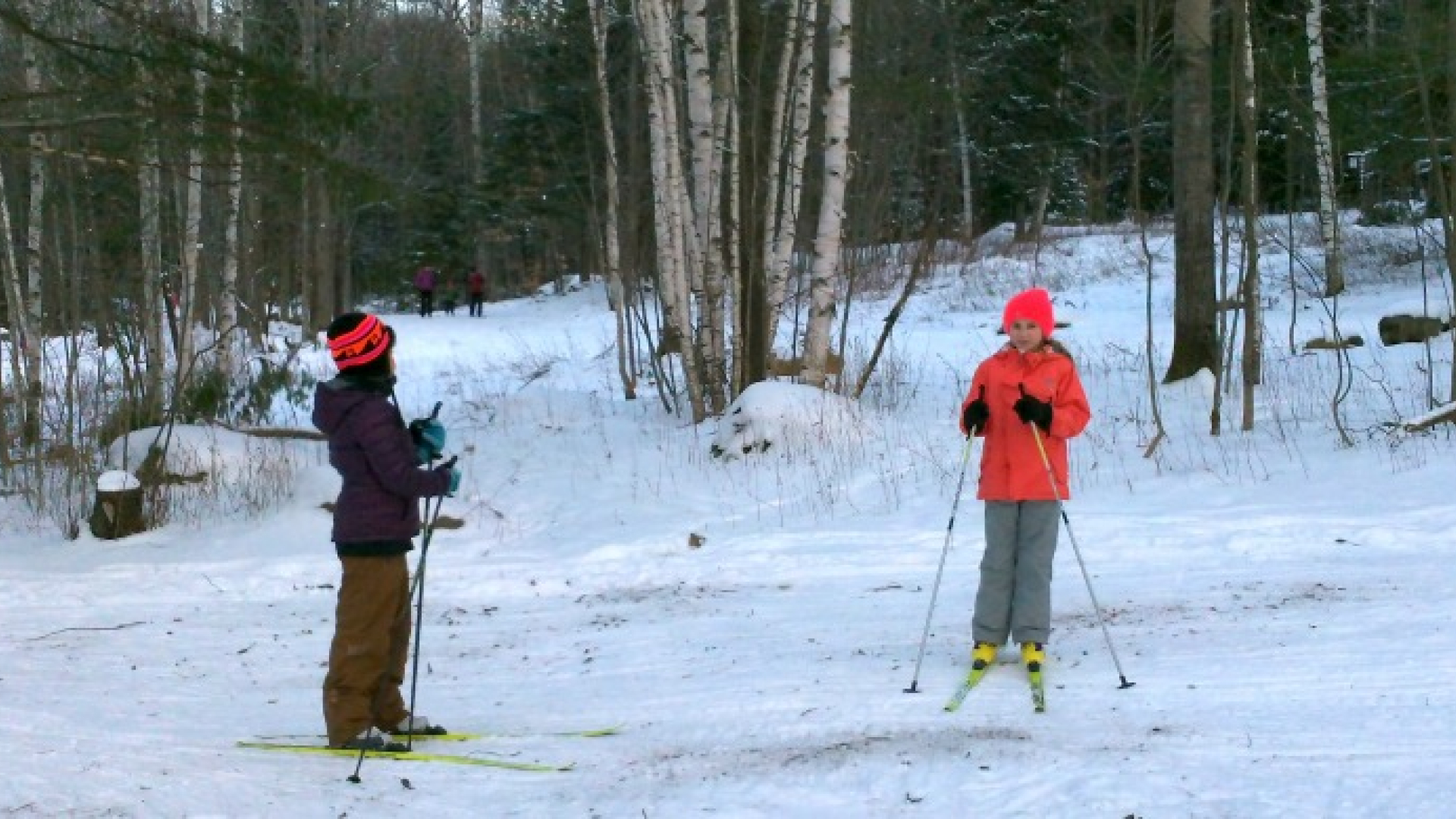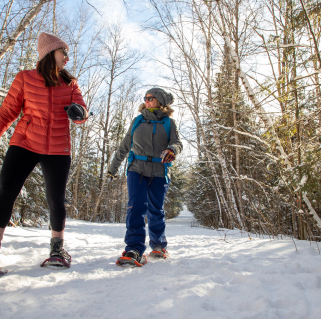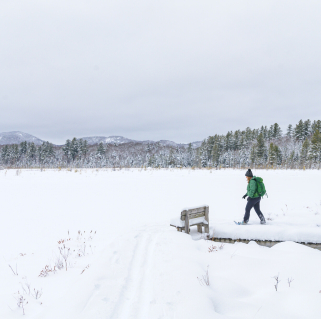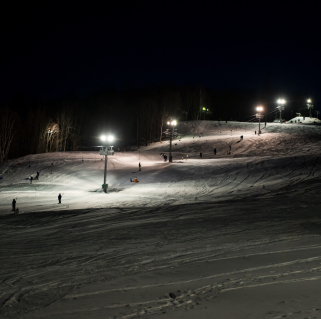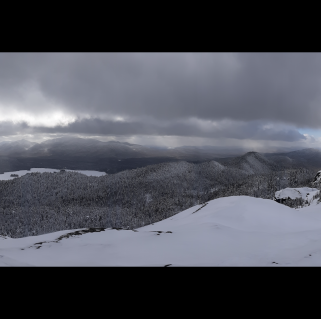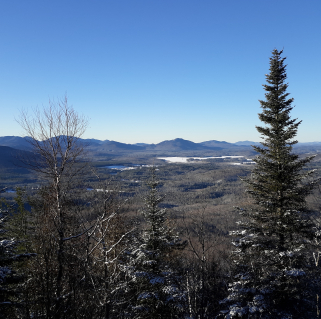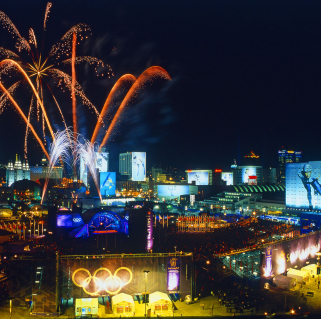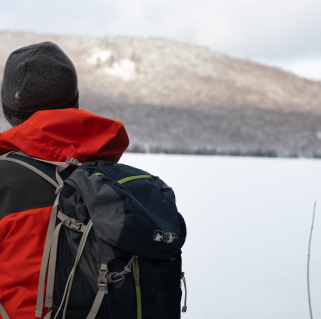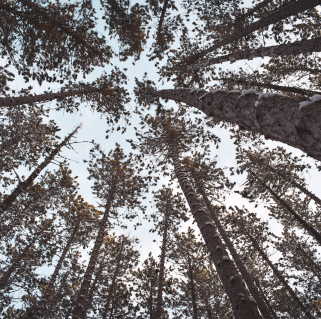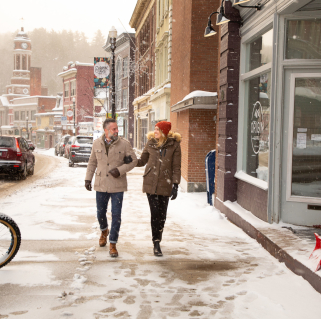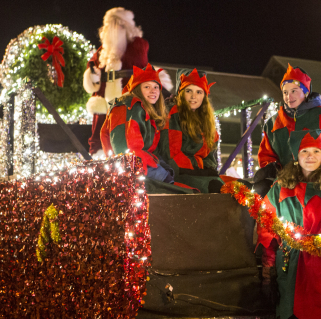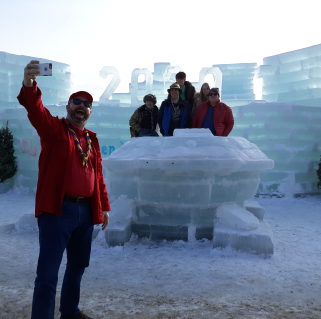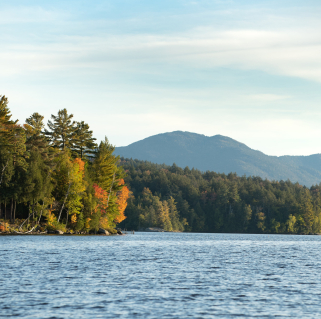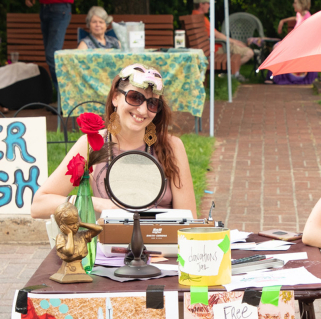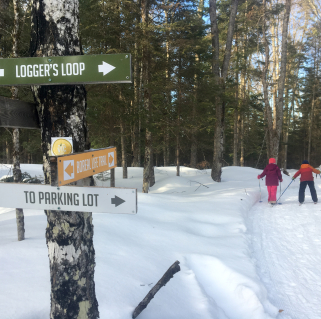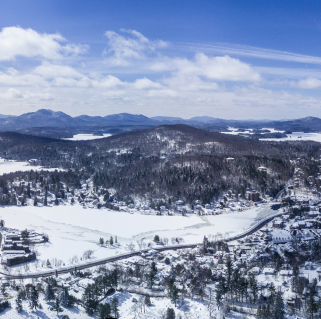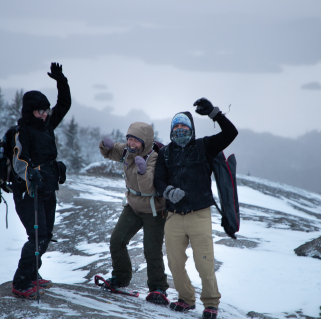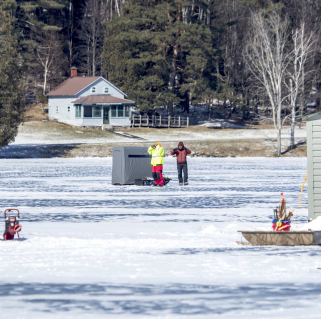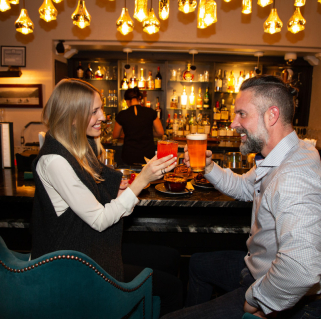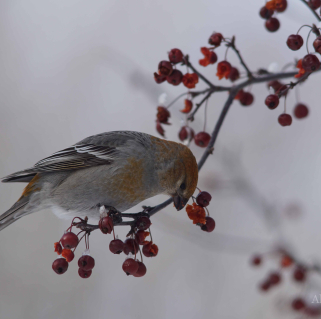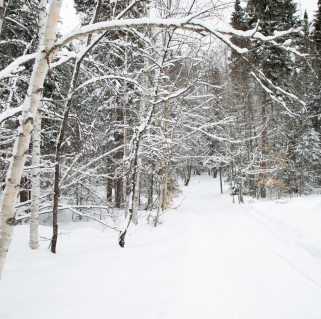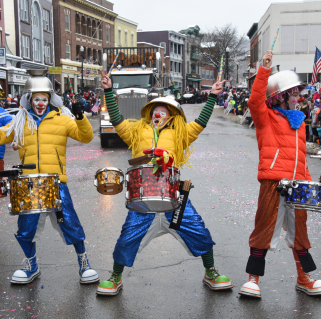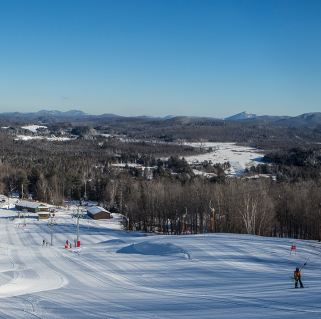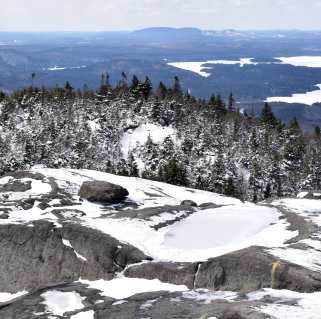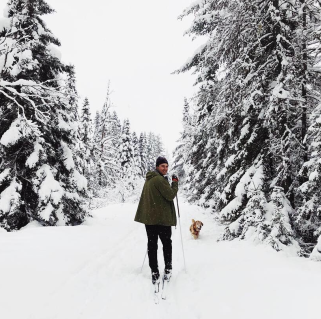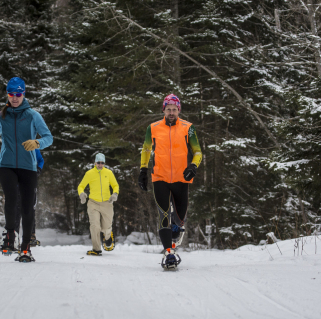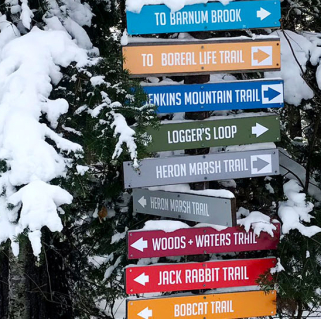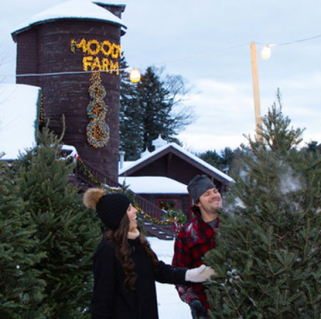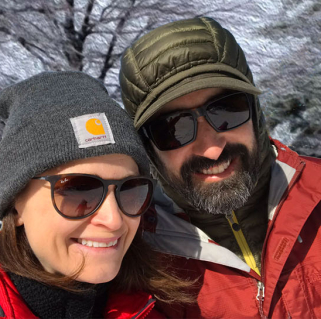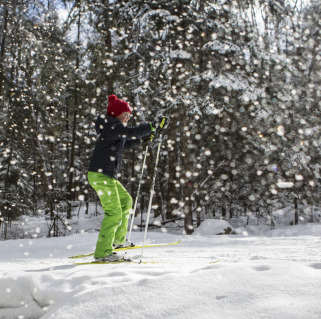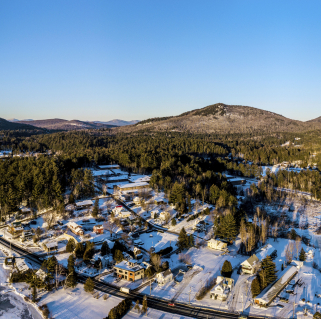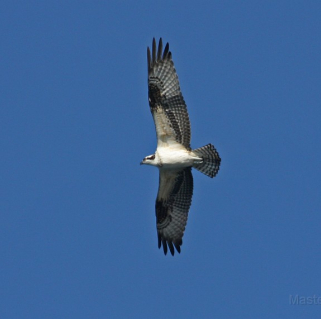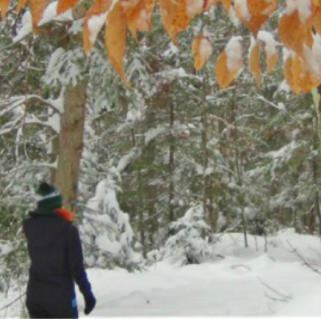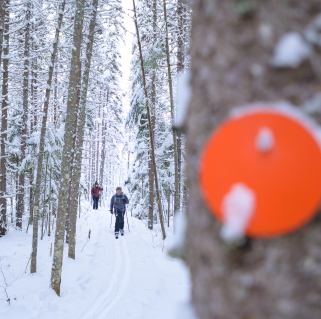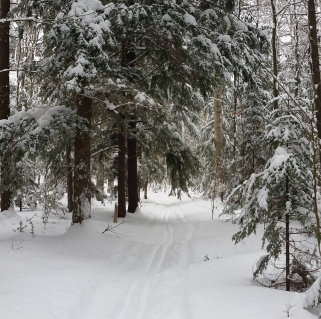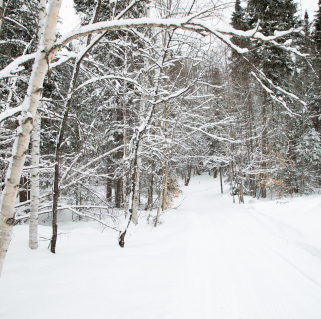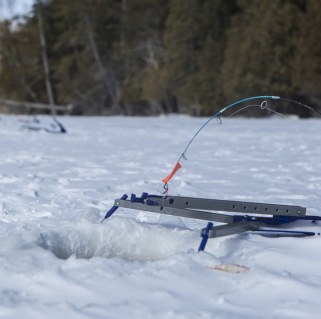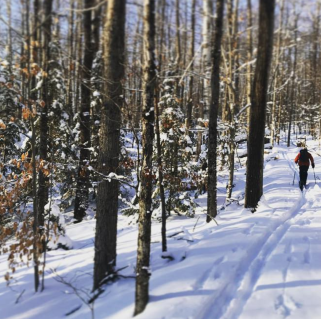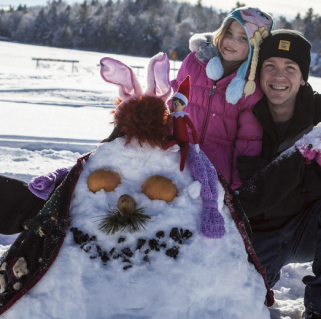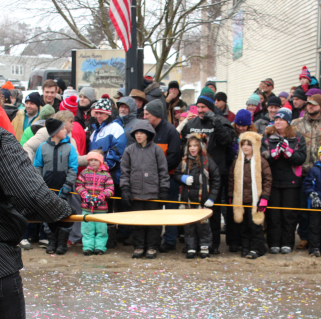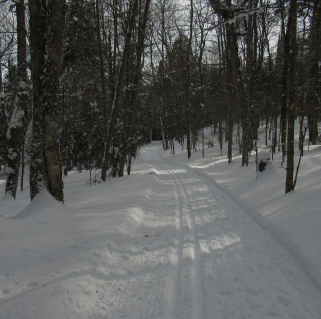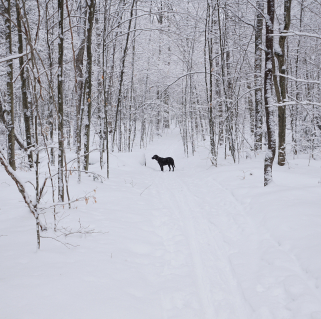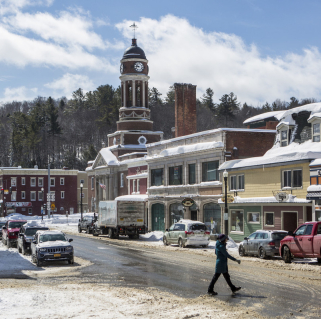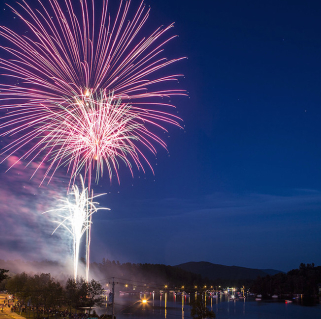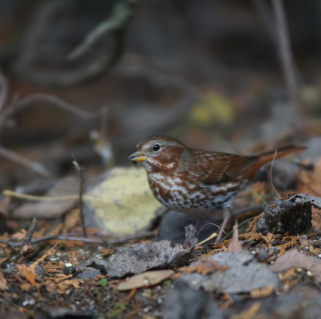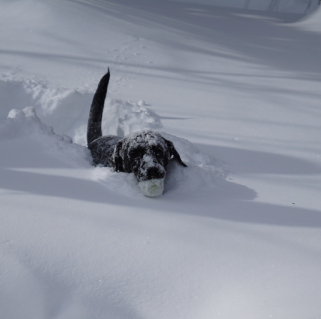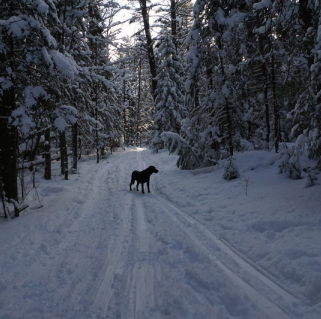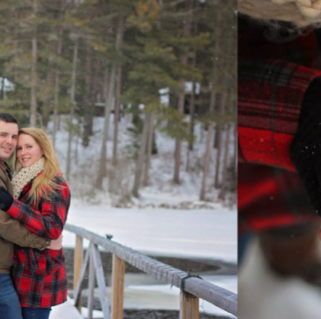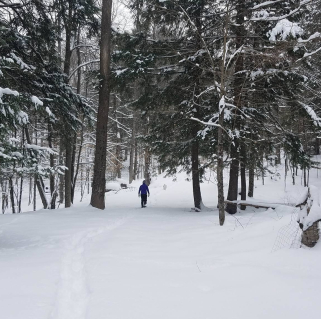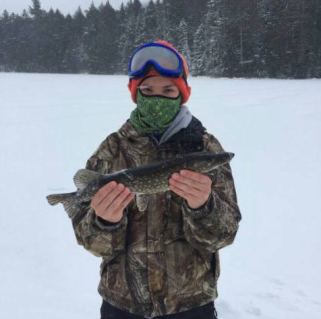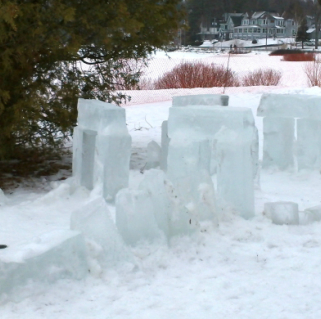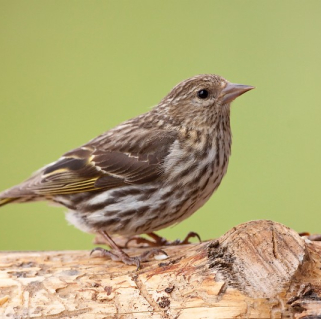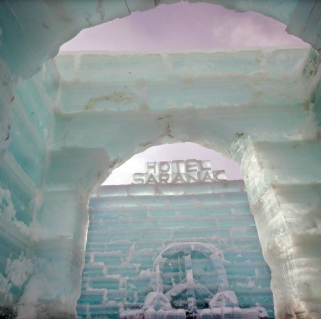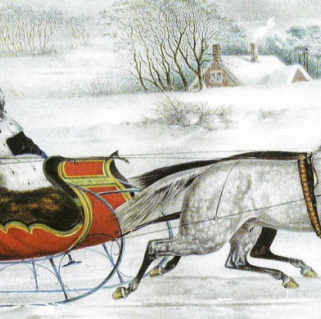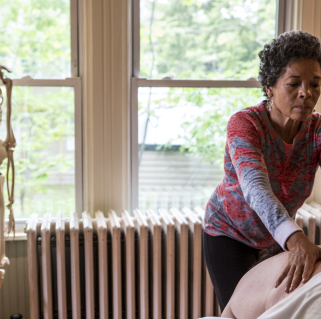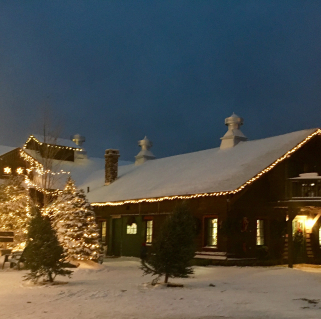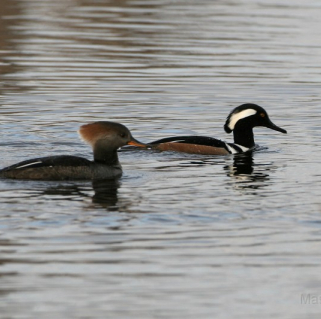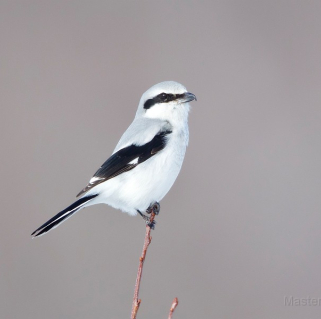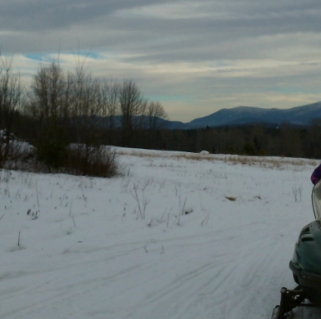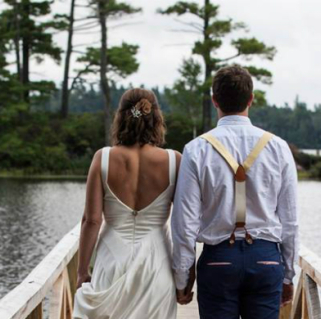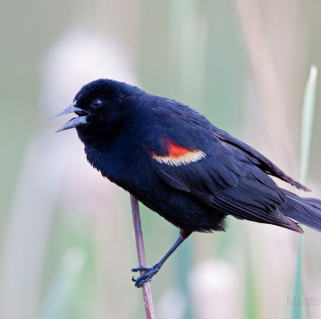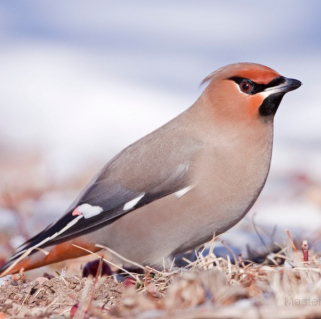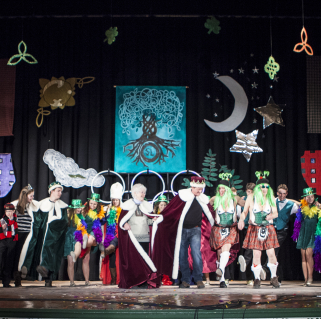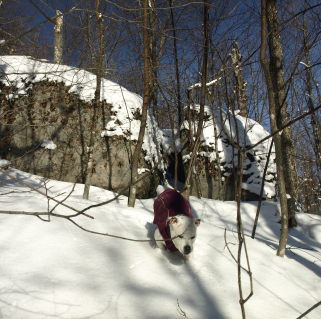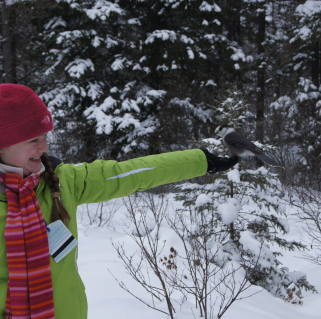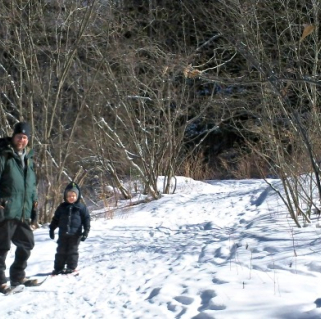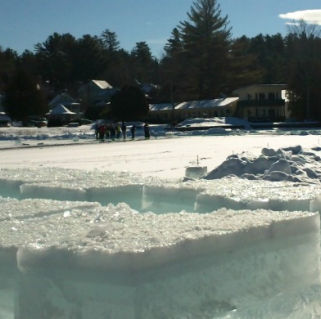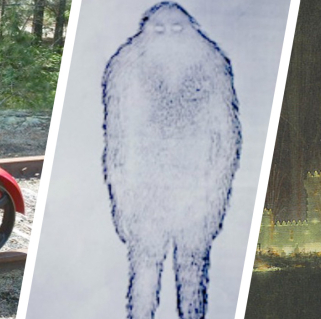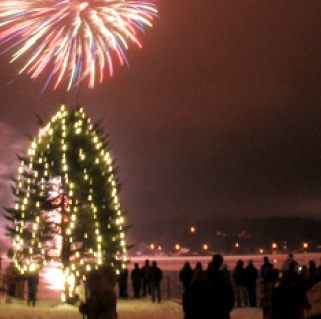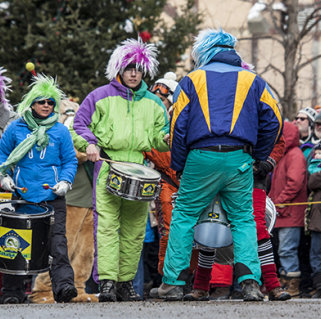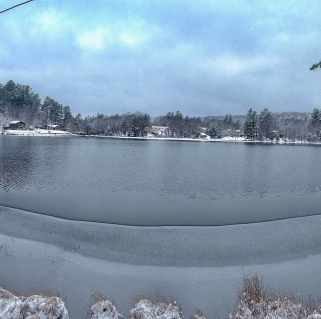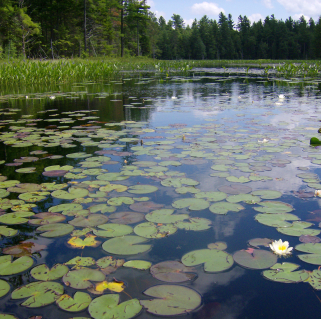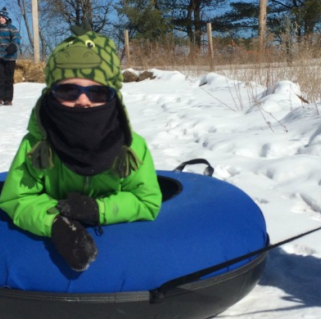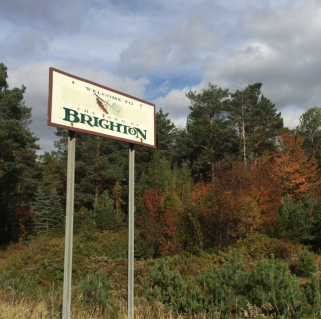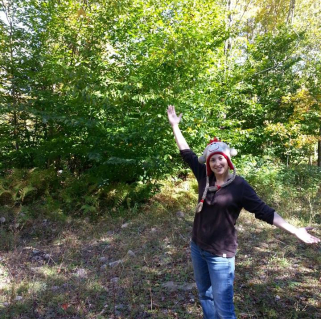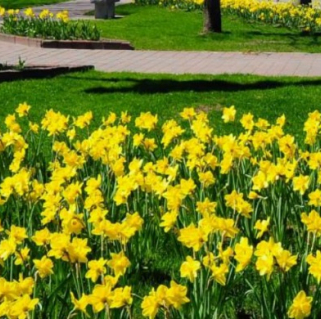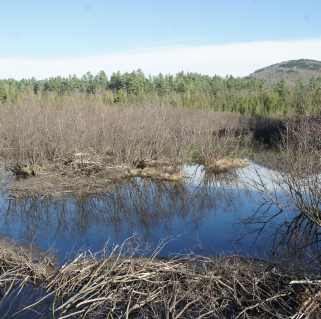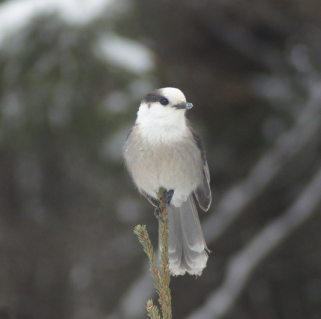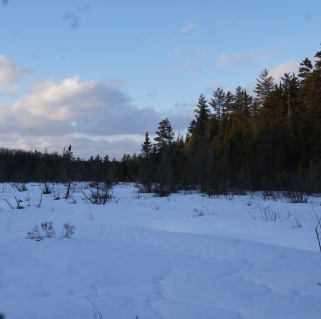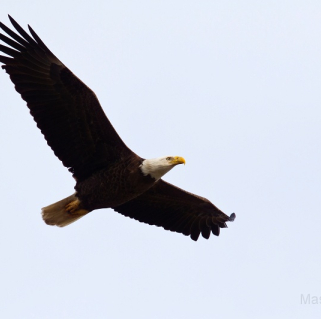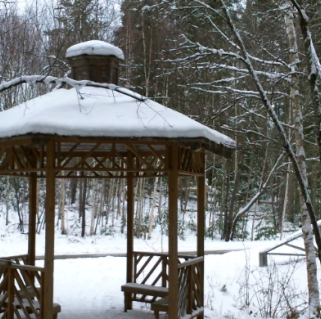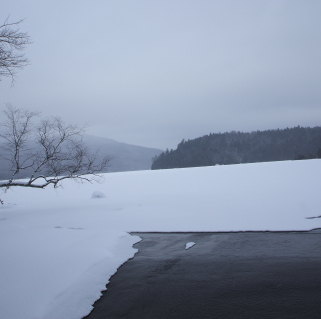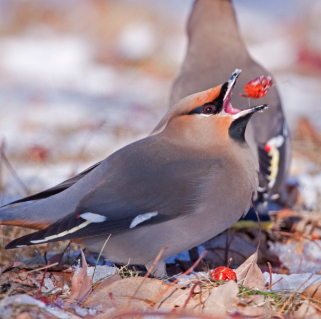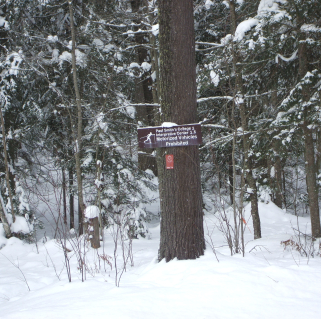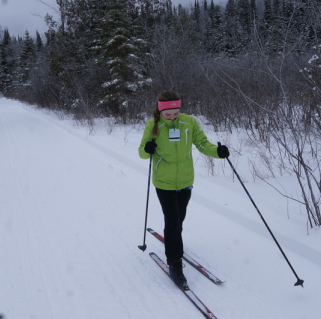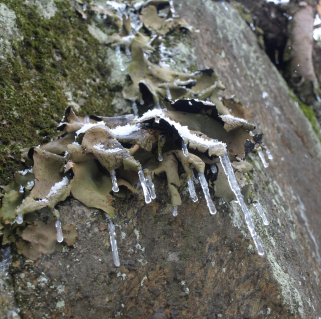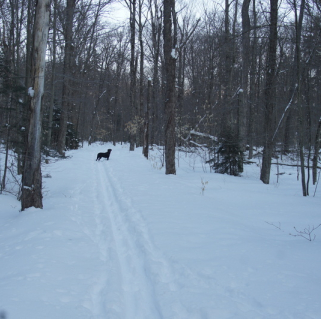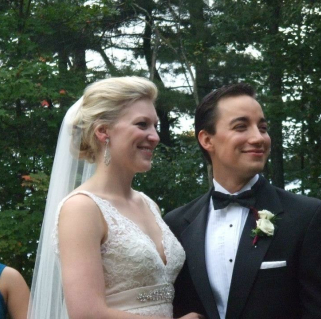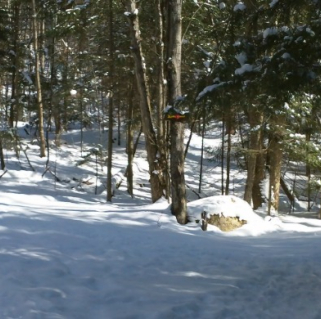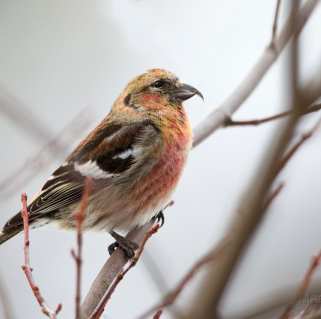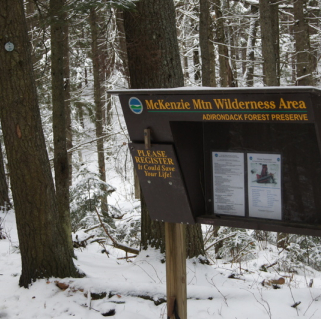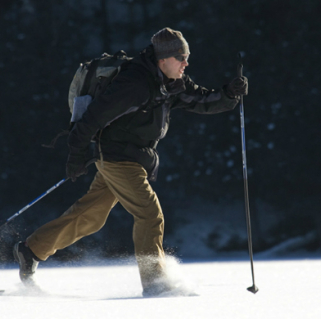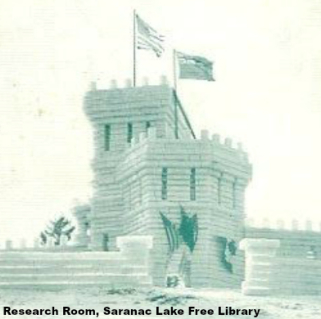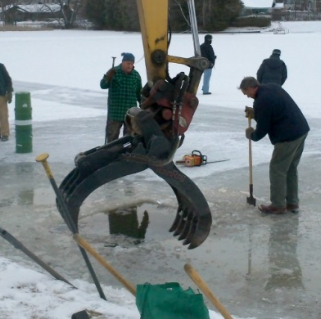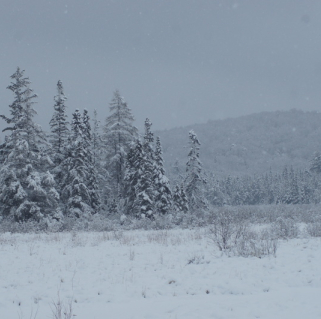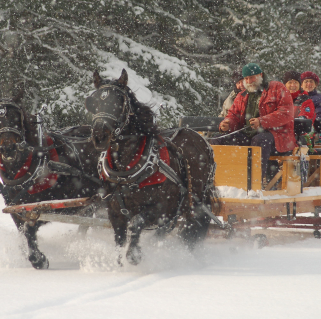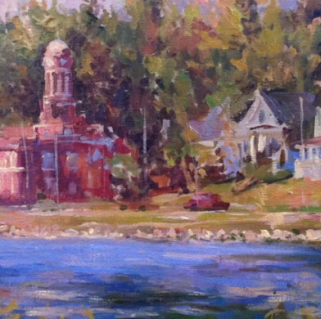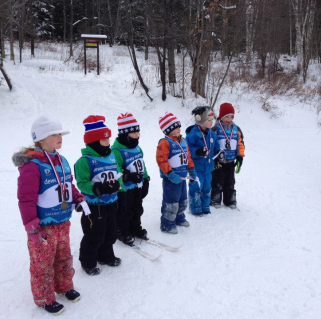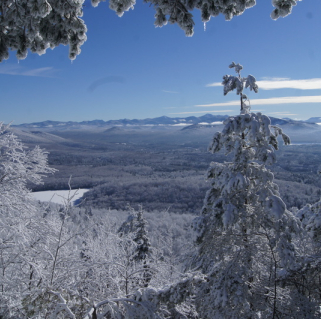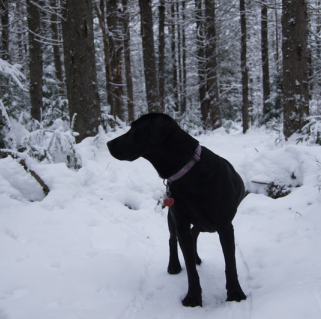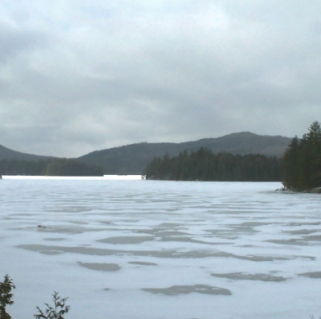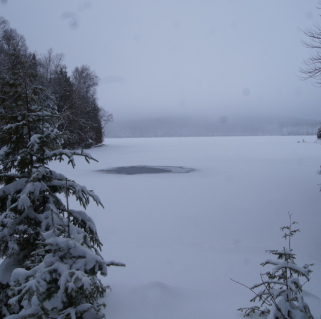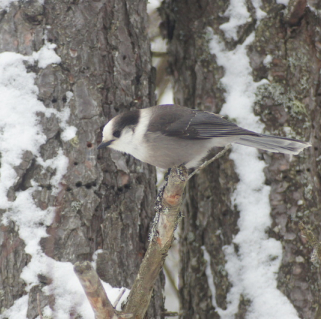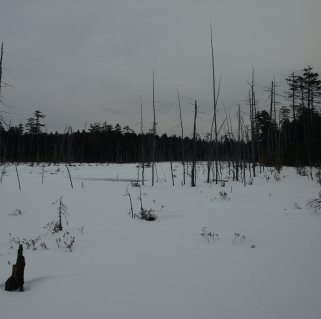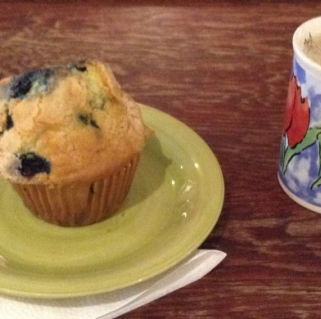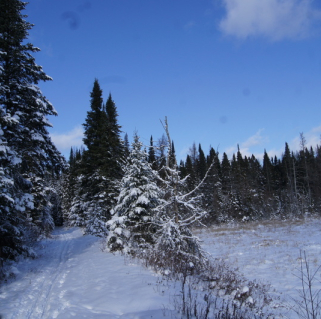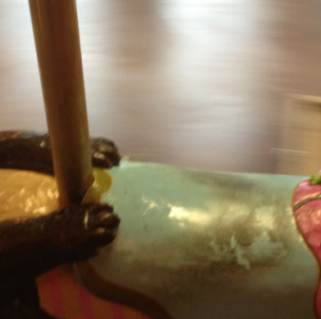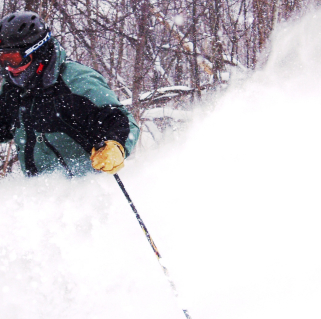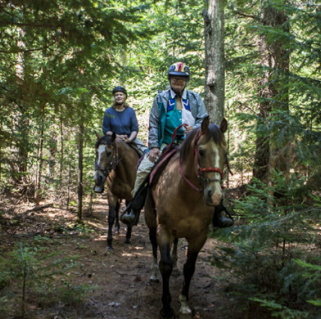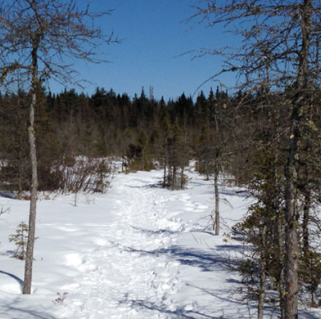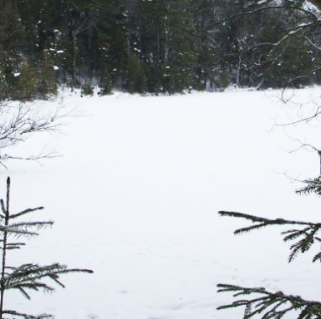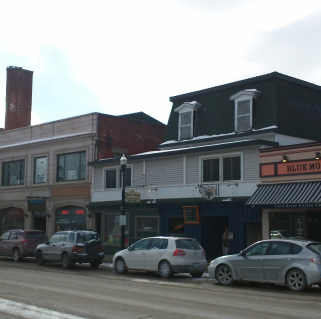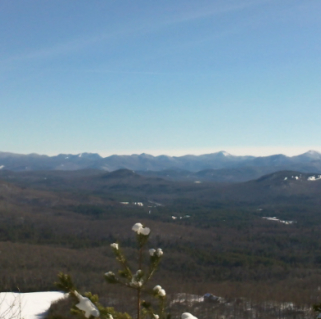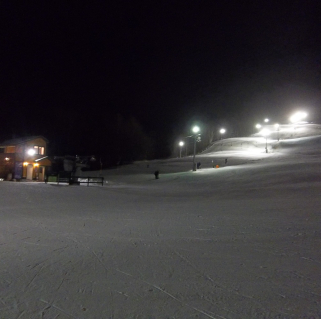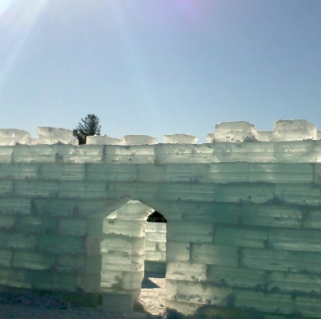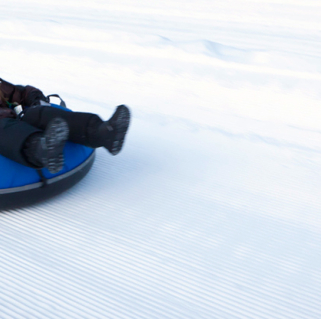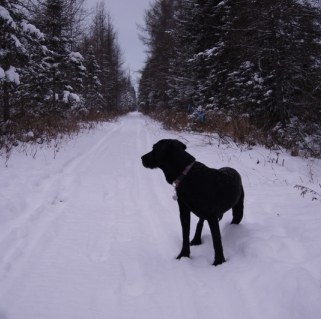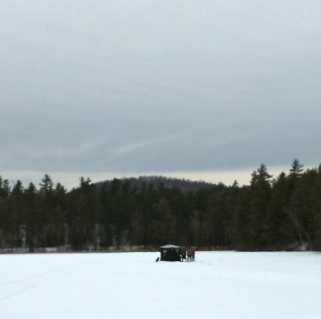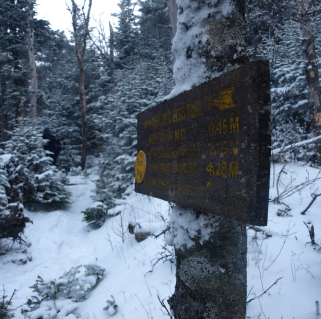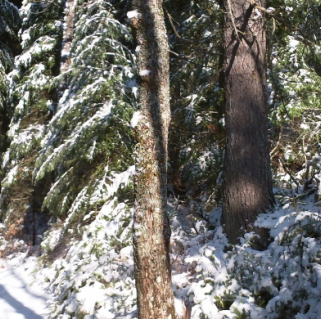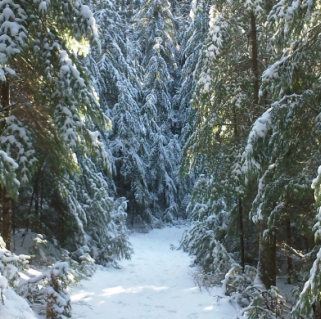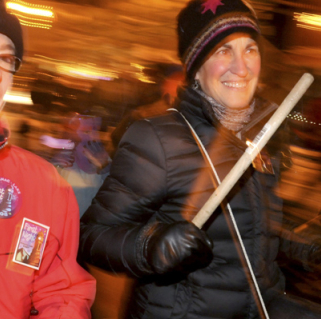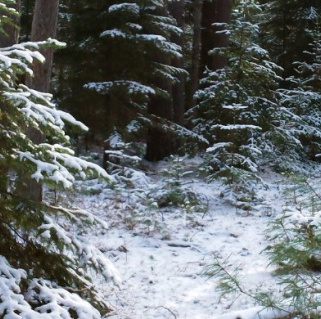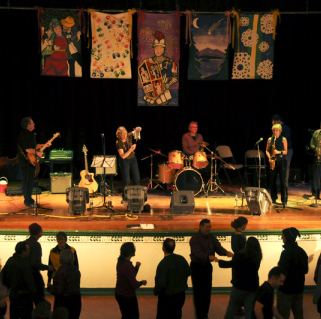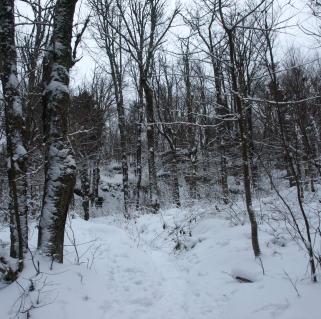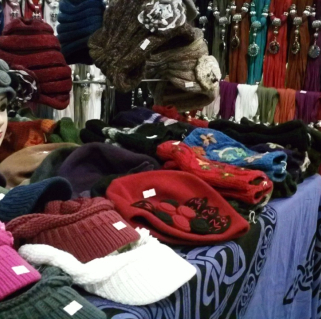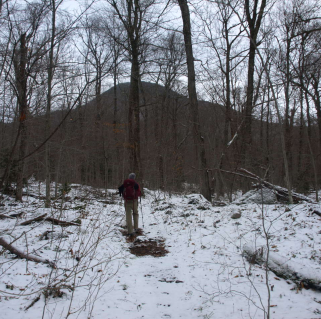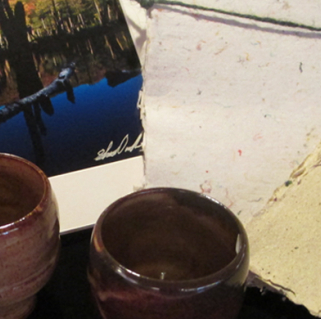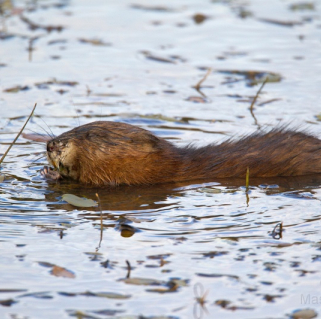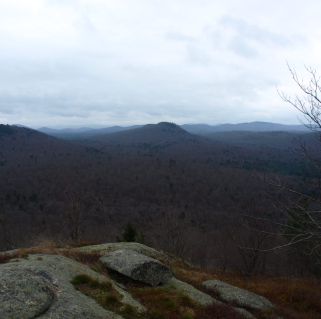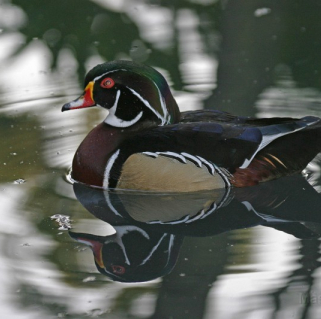Pamela Merritt
November 10, 2015
Here in the Adirondacks, there doesn't have to be much snow on the ground for us to have fun on it. Saranac Lake loves Dewey Mountain, whether we want to cross-country ski or snowshoe. This great destination is right in town, too.
Generations have enjoyed the recreational possibilities of this mountain. With community and town support, it keeps getting better.
a long history
In the late 1800s people enjoyed ski jumping from the hill that slopes down to Lake Flower from 2,050 foot Dewey Mountain. It was called Blood Hill, but that was after a prominent town family named Blood, not the mayhem possibilities. By 1918 the Saranac Lake Ski Club had 105 members and held weekly contests for both jumping and cross-country skiing.
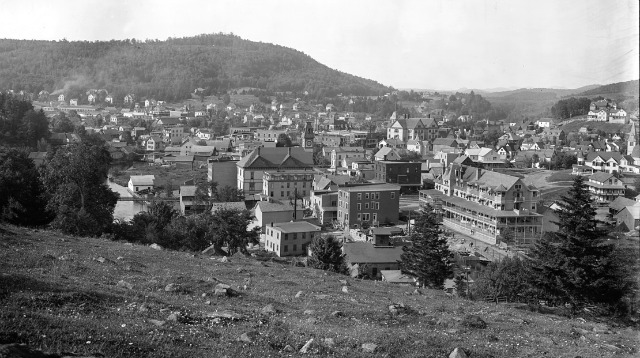
A 1937 Conservation Department booklet, “Ski Trails of New York State,” describes three trails on Dewey Mountain. Two of them, each a half-mile in length and with a 300-foot drop, started on the summit and ended on Kiwassa Road or on Glenwood Road. They were rated "novice." A third skirted the top and was 3.5-miles long. Two-and-a-half miles down there was an Adirondack open camp (a primitive camping site cleared as a rest stop) that was recommended as a place to eat lunch.
At this point there wasn't a clear difference between alpine skiing and the cross-country variety. Skiers climbed their own slopes and then enjoyed the downhill, something that would be known as ski touring in the future.
But change was in the air. That same year, the American Ski Annual counted almost one hundred rope tows from coast-to-coast. This inexpensive innovation required little in the way of equipment, and much of that could be scavenged from otherwise useless vehicles. All that remained was for an area to have some cleared slopes to ski on, and, of course, snow. Alpine skiing became the most glamorous and exciting winter sport of the time.
In the years after the end of WWII, the Saranac Lake Ski Club was focusing on developing Mount Pisgah as a town ski hill for alpine. Cross-country skiing was regarded as more of an outmoded form of quaint transport. It wasn't until the late 1960s that the United States started seeing the concept of cross-country skiing as a sport with a recreational focus. Early grooming was done via snowmobile, itself a rather recent innovation, with homemade grooming sleds.
enthusiastic expansion
So, Saranac Lake was somewhat cutting edge to contemplate a town facility in 1978. The vacant forest on Dewey’s northwest slope sparked plans among ski volunteers and members of the local Chamber of Commerce as a great place to site a cross-country ski area.
Craig Ward, captain of the U.S. Cross-Country Ski Team for the 1980 Olympic games, agreed to design a trail system. While town funds and various grants took care of the professional help required, it was a giant volunteer effort that cut trails, cleared logging roads, and built bridges over low spots that couldn't be filled.
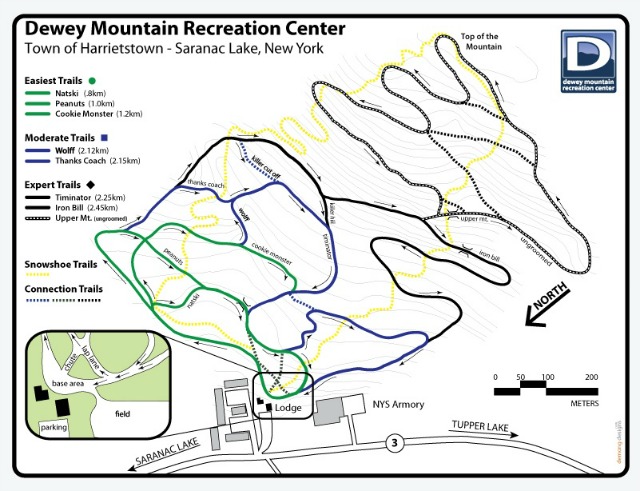
By the winter of 1980 Dewey Mountain Ski Center opened, with lights for night skiing and racing. By the next winter, a 30-by-24-foot log warming hut had been constructed at the trailhead. It wasn't until 1993 that a four-season structure, with a public-use room, a manager’s office, and equipment storage, was built.
Racing became popular right away. While still full of thrills and competition, it was safer than downhill, and more accommodating to different skill levels. A tradition of Tuesday night “under the lights” races began, all classic kick-and-glide.
in the 1990s, skate-skiing grew popular, but Dewey's first trails were narrow, with steep runs and many turns. (This may be how it got the nickname, "Screwey Mountain.") But many trails have now been side-cut and widened to create some lovely skate-skiing. Dewey is truly “the People’s Mountain,” as it's also called.
Because volunteers and fans are the ones who shape its destiny.
a new era
The summer of 2014 saw the community coming together again for a new construction project. After years of fund-raising
“Completion of this capital campaign is a huge step, and we couldn’t have done it without the amazing support we received from people all over the North Country and beyond. The wide range of donors – from young children and Olympic champions to seasonal residents and retirees – demonstrates the commitment our community has to investing in this valuable resource.” Chris Morris, chairman of Dewey Mountain Friends
Now there's a delightful lodge to warm up and have hot chocolate in!
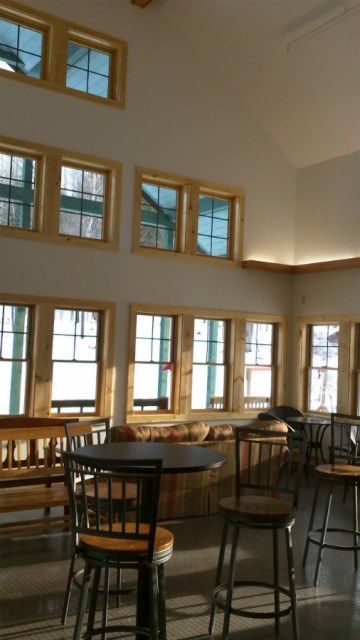
Since 2005, the citizen group of Dewey Mountain Friends has focused on upgrades to equipment, like groomers and buildings, that volunteering does not cover. The new building is almost 4,000 square feet of much needed space, half of which is the lodge area. Now facilities include a garage, mezzanine, wax and bike room, partial kitchen, a great room, storage rooms, restrooms, and even team areas. There are now thirteen kilometers of ski trail and four kilometers of snowshoe trail.
This place, and how it came to be, fits Dewey perfectly. Because it is all about a family-friendly, low-key, great time.
I arrived last year for a late afternoon hike. A friend has been telling me how much I would love cross-country, and I'm sure she is right. I suspect this will be the last season for my well-worn snowshoes. I'll think about new equipment once they go.
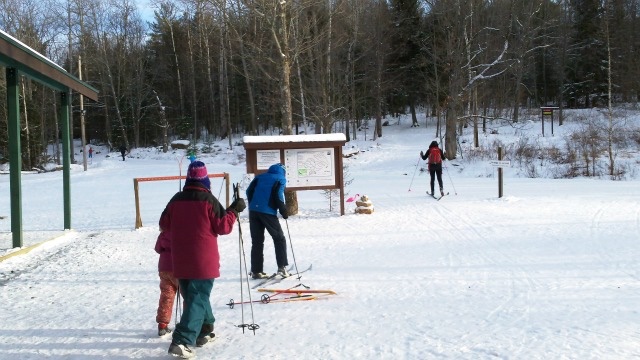
I had a copy of the trail map because I'll be taking a snowshoe trail and don't want to stray into anyone's way. I know people who have a compass in their head and one glance at the map means they will never get lost. I'm not one of those people.
The fading light means the day skiers have left and it's not yet dark enough for the night skiers to come out. It makes for a quiet time in the woods using the snowshoe trail that climbs to the very top of the mountain, and then comes down on the other side for a lovely loop through the woods.
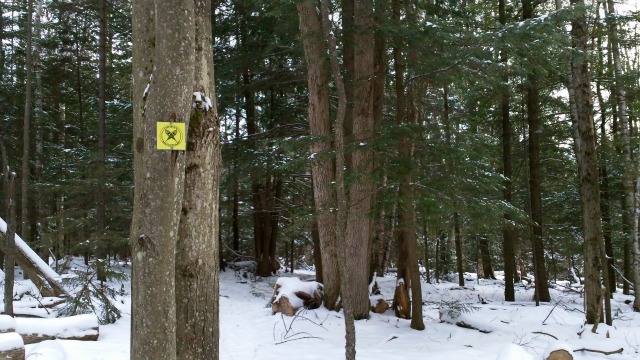
The trail that I'm on makes Dewey's 440-feet of vertical drop somewhat evident. Unlike the skiing trails, which criss-cross the face of the mountain, the snowshoe trail climbs the incline. I remind myself the return trip will be downhill.
It has an amazing amount of tranquility for a place that is still in town. Traffic noises come from only one angle, so they are muffled by the abundant trees. But even so, I'm not really alone.
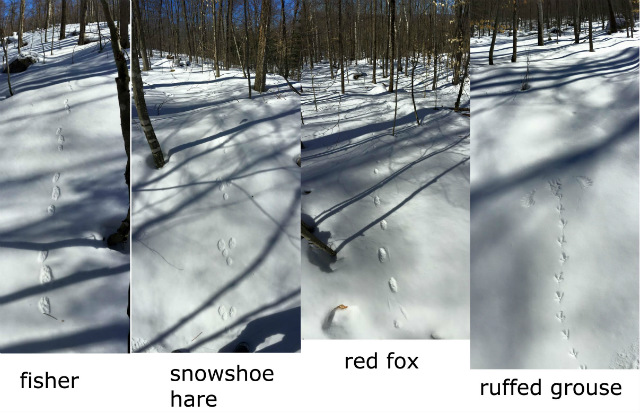
I'm negotiating a tricky part between boulders, so I step out onto the clearer trail with more vigor than before. A bush beside me explodes. Fortunately, I know I just startled a grouse. And he startled me, so that's fair.
But my own sudden movement has opened up a rip in my snowshoe's understructure. This will be our last hike together. Each step I take makes it wider. But that's okay. I'm only half-way up the mountain, but I'm losing the light, and have no headlamp. It's better I head down now.
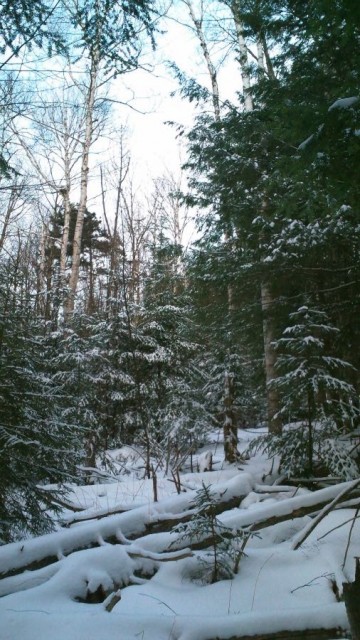
Thanks to my map, I climb until I meet a ski trail, then walk along its sides to cross the face of the mountain and find the snowshoe trail going down. It's okay to share the trail, as long as snowshoers keep to the edges and not disturb the grooming.
As I descend, I start hearing happy children's voices. I see them playing games outside the lodge; games designed to help them learn their cross-country moves when they get a little older.
The next generation of skiers at Dewey. It's really sweet to see.
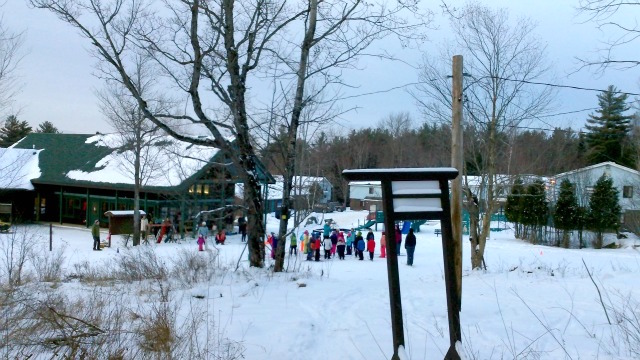
“Nothing hardens the muscles and makes the body so strong and elastic. Nothing gives better presence of mind and nimbleness; nothing steels the will power and freshens the mind as cross country skiing. This is something that develops not only the body but also the soul — it has a far deeper meaning for people than many are aware of.” Fridtjof Nansen, the Norwegian Arctic explorer who traveled across Greenland on cross country skis, 1890
With an endorsement like that, I can't wait to try it.
Explore all of our outdoor recreation. Now that the trail has made us hungry, search out a fine meal. And get a good night’s sleep at your choice of lodging!
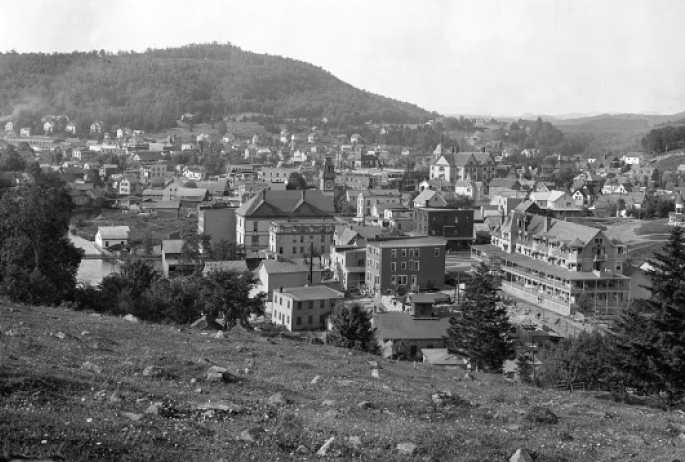
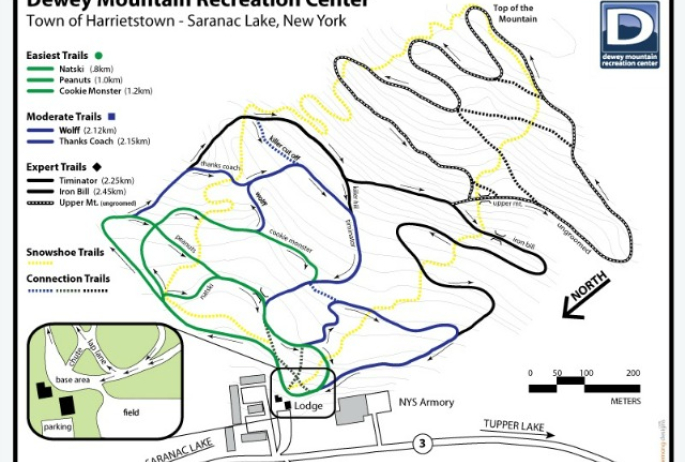
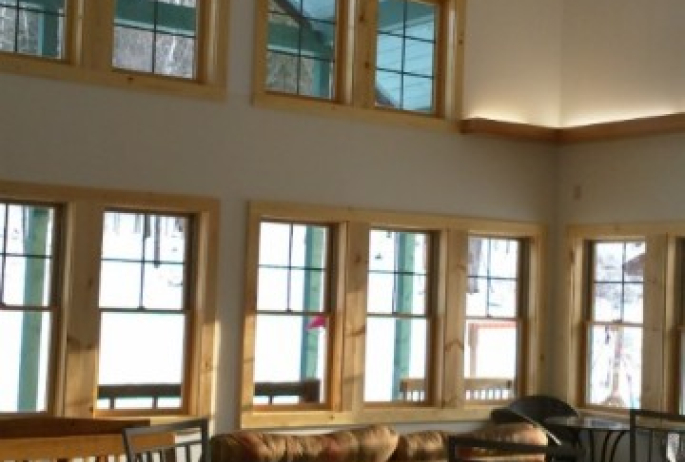

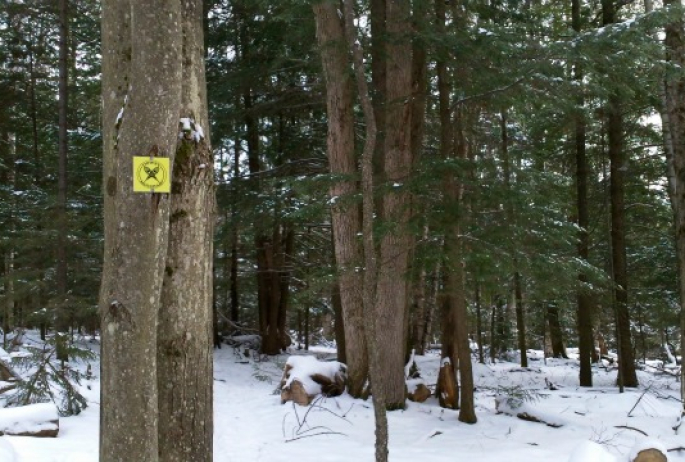

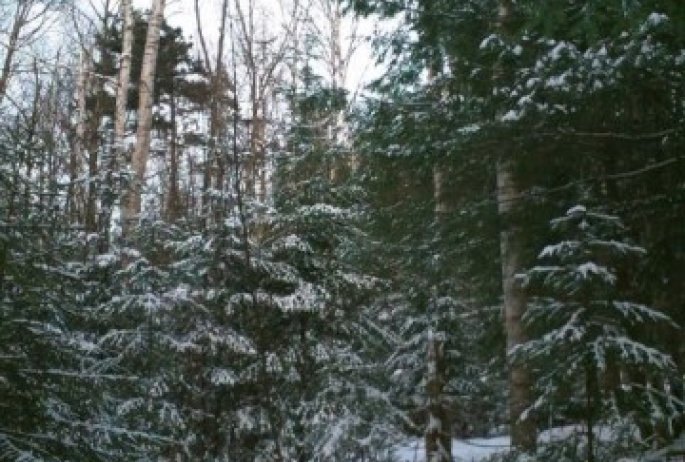
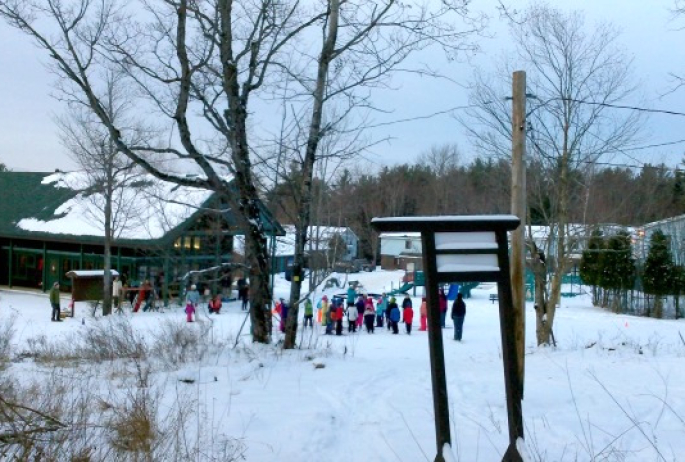
Packages and Promotions
Valid Jan. 21
- Jan. 21
Valid Jan. 21
- Jan. 21
Pet Getaway
Voco Saranac Lake
Your dog deserves an Adirondack getaway too. Book our pet friendly hotel near Lake Placid welcomes every member of your crew. Book our Pet Package...
